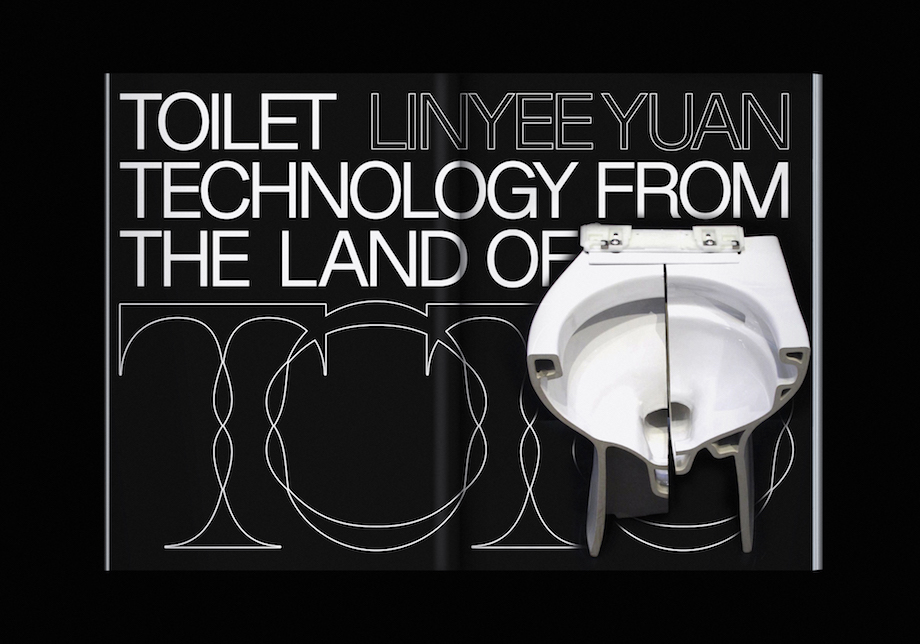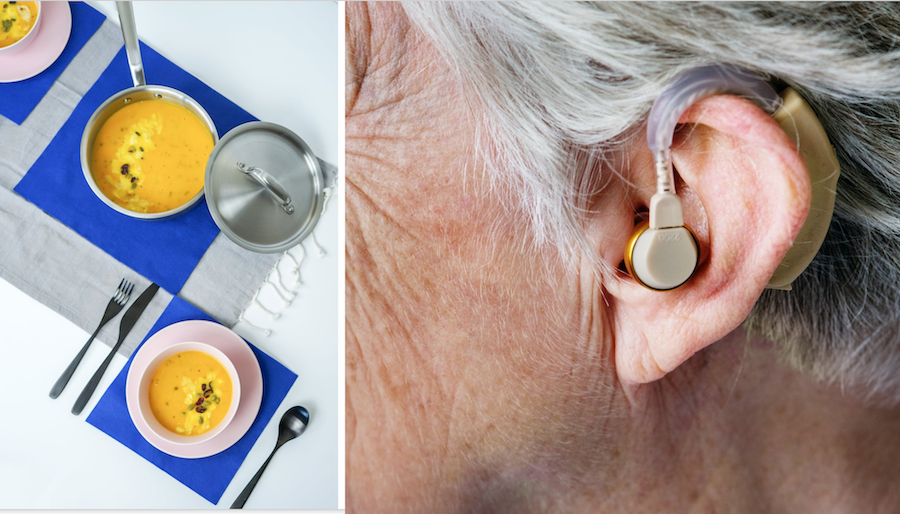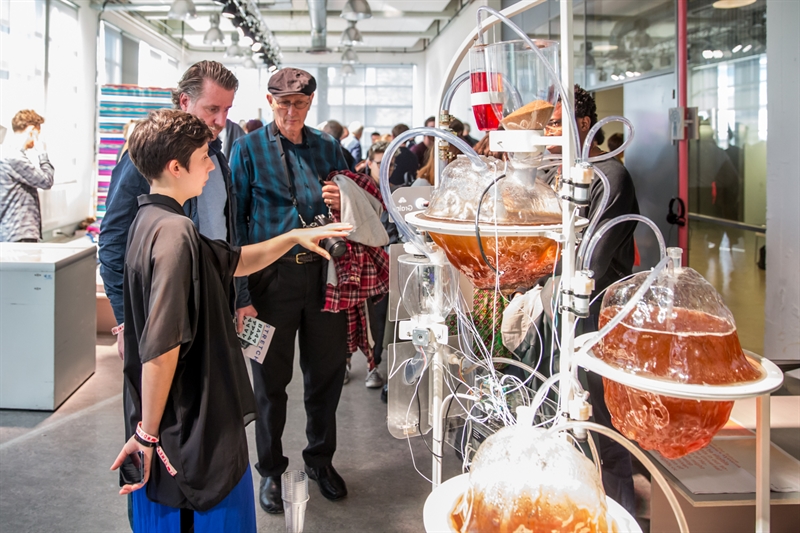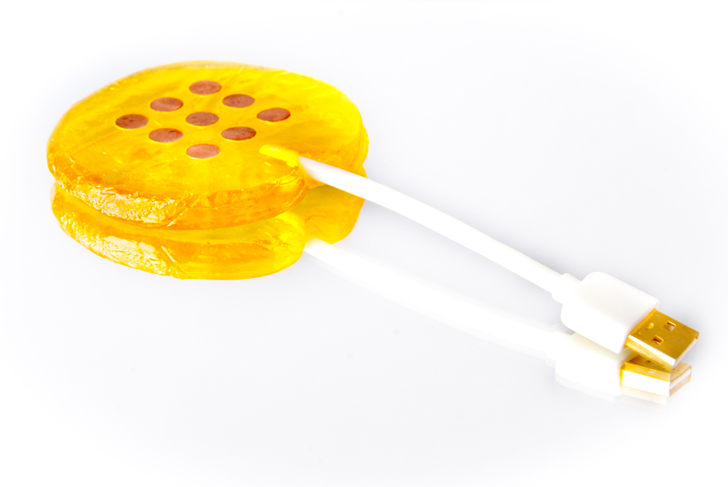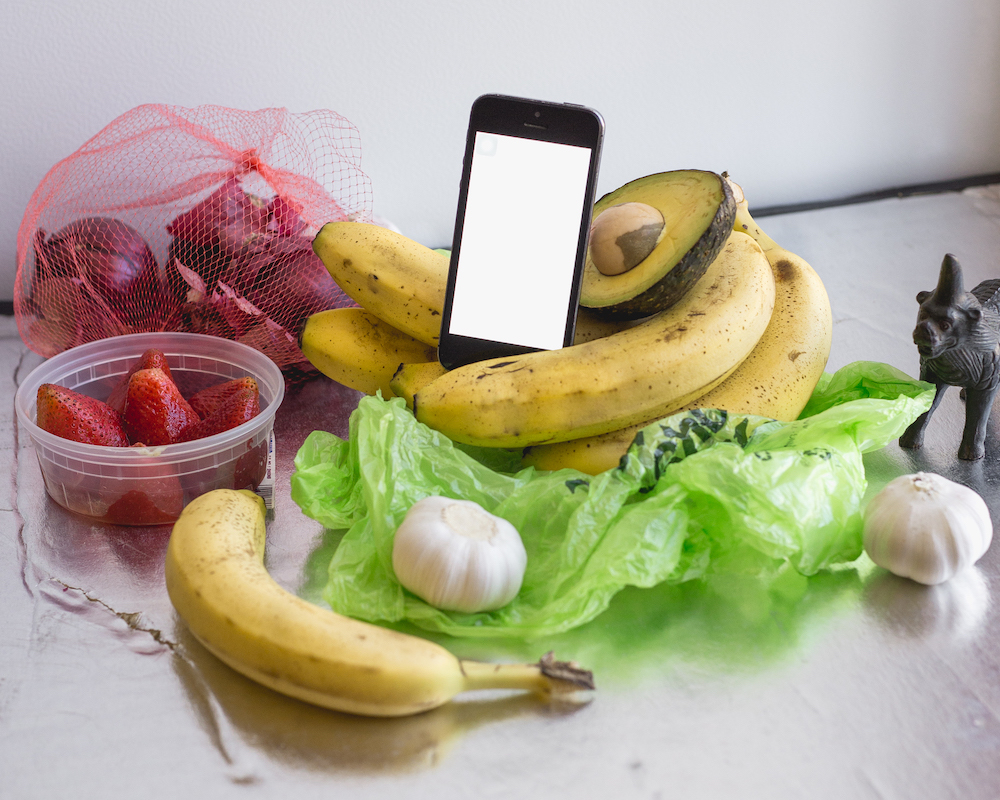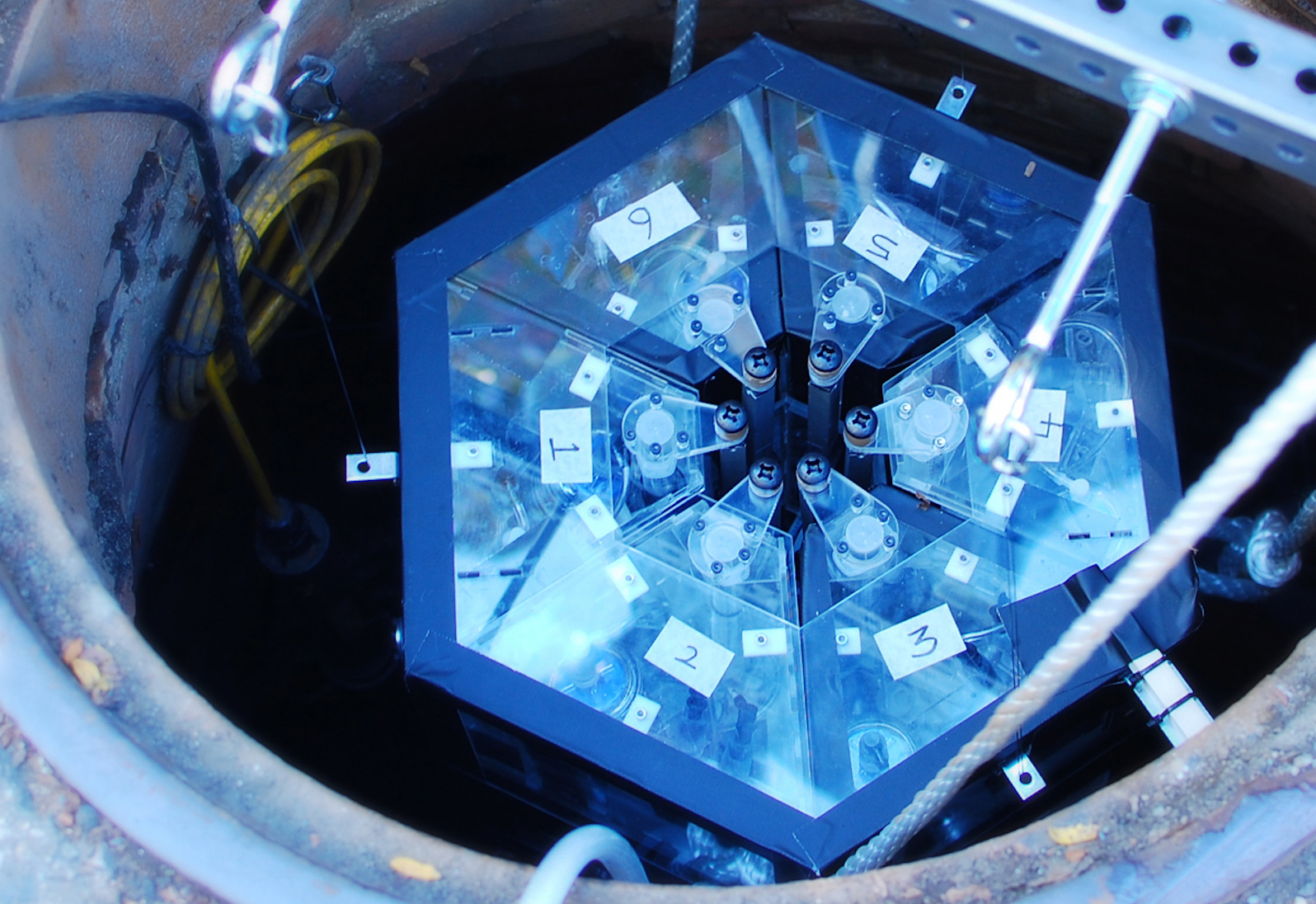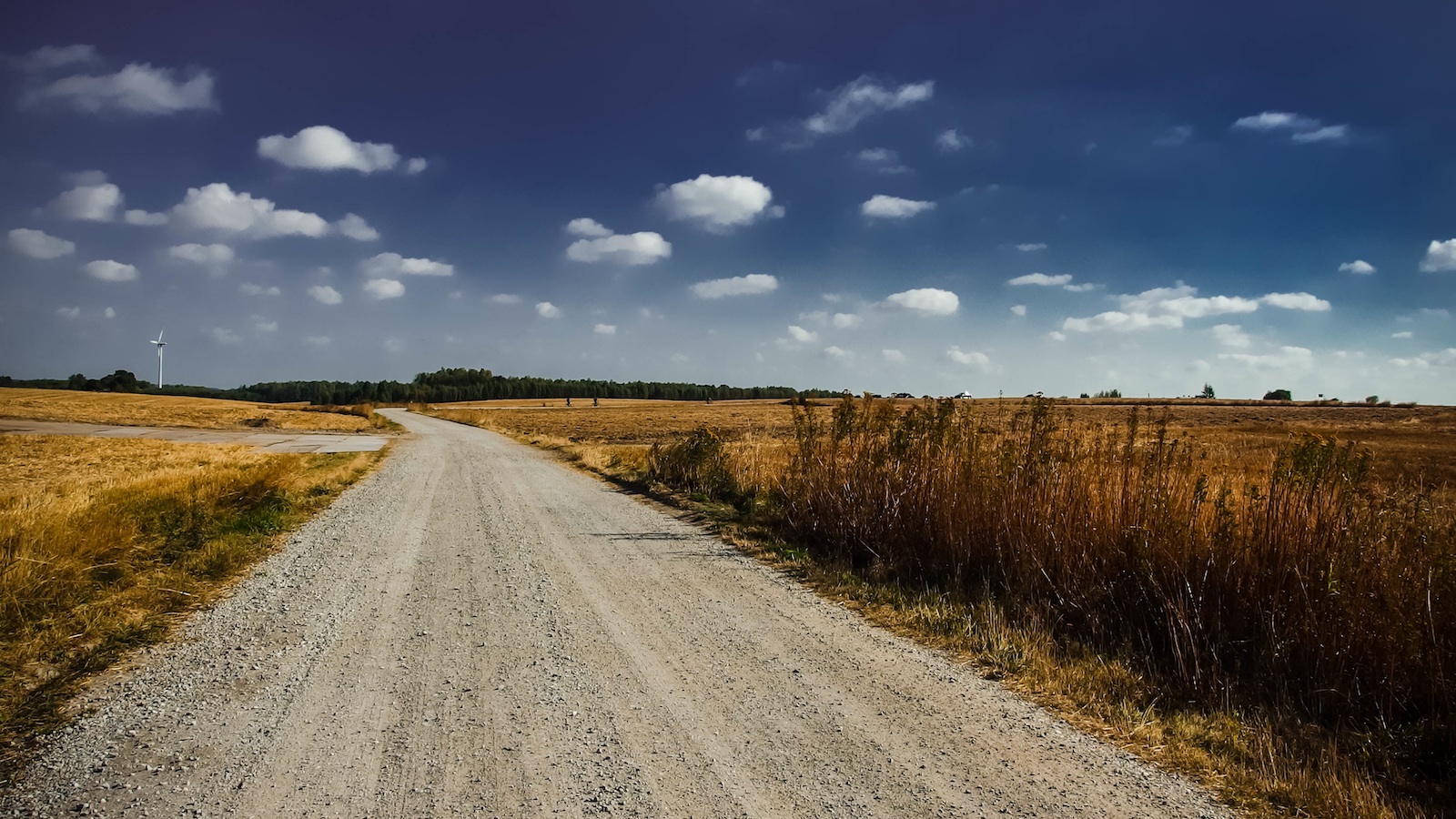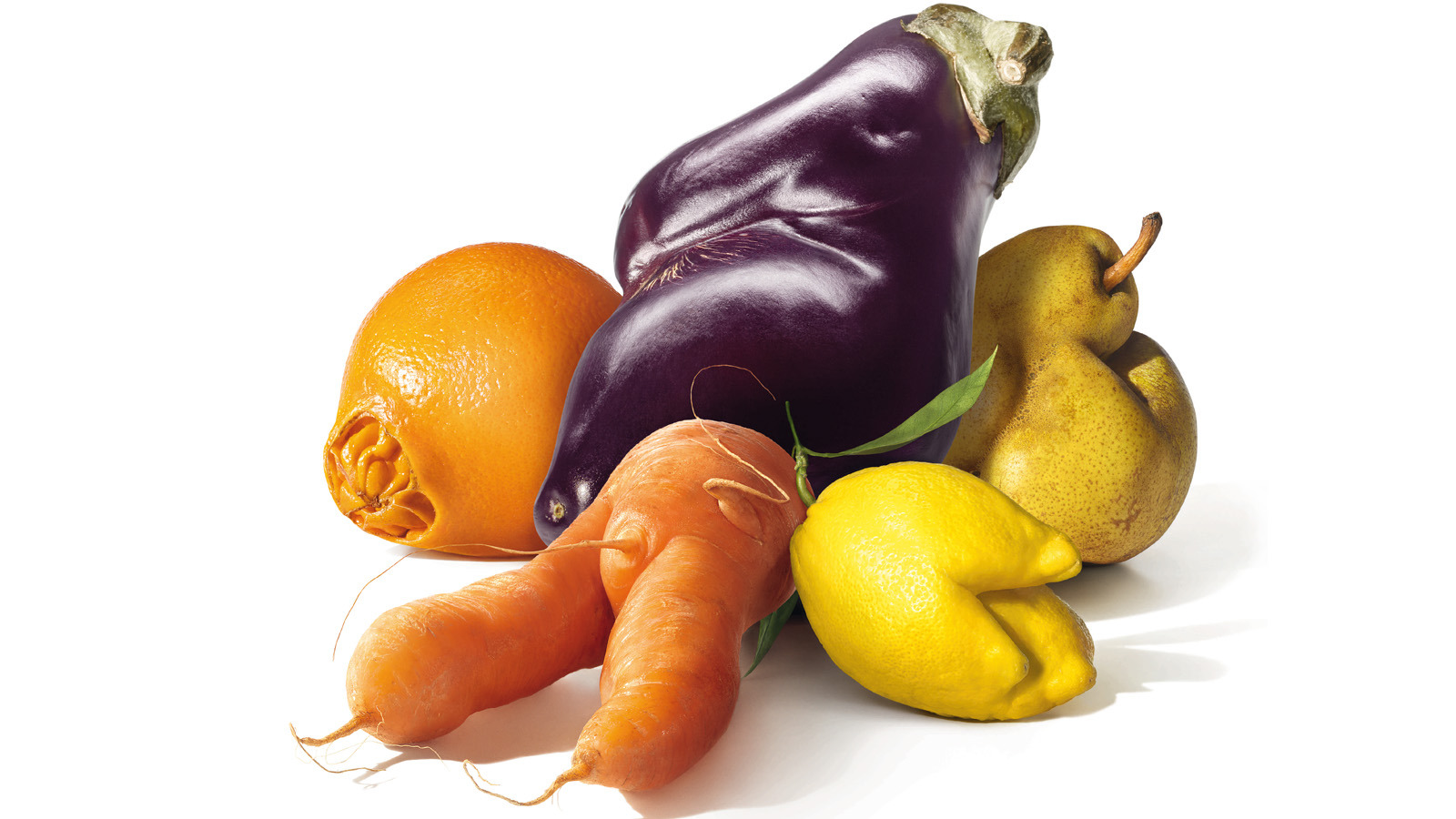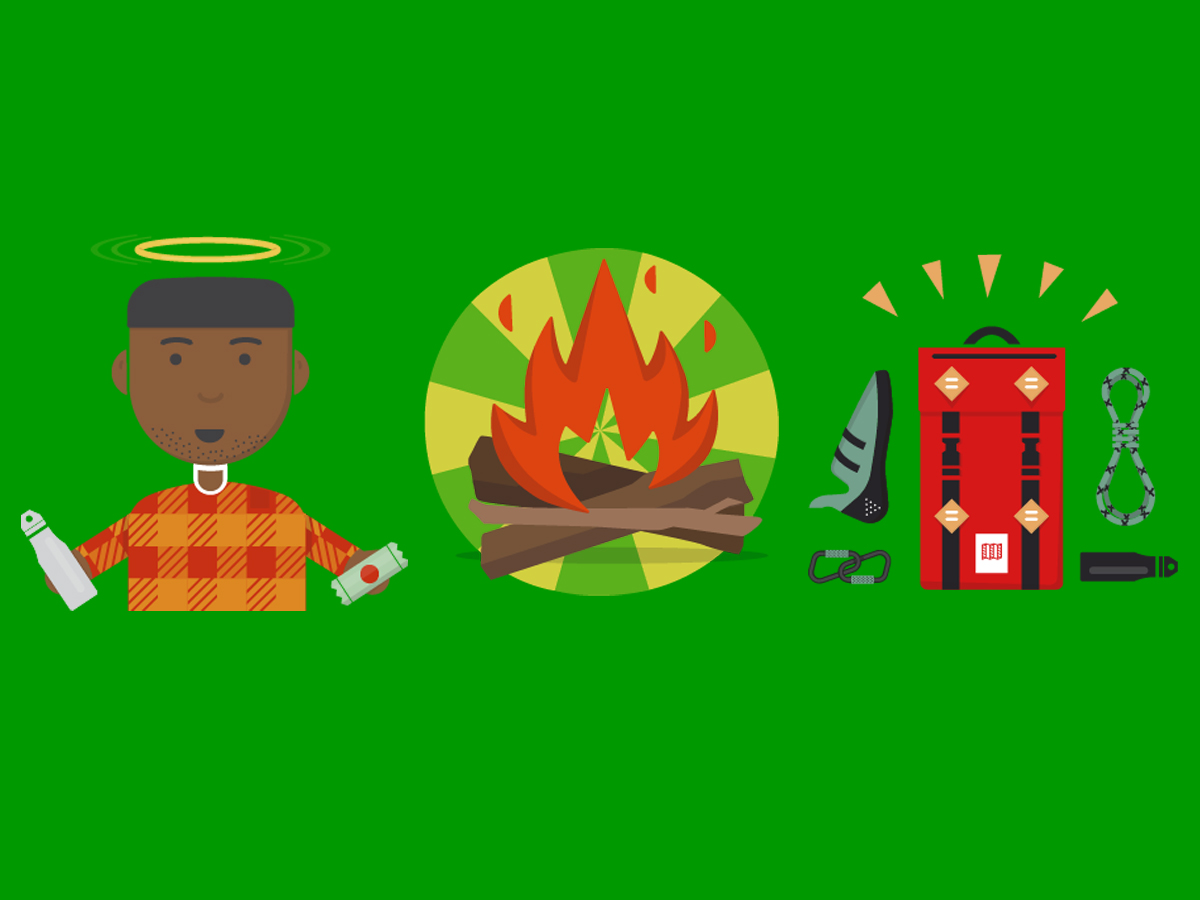Right now, the know-how to grow your own food is looking more and more like a valuable, if not a necessary, asset for the future. But for people living in a city, finding the space to start a garden is challenging. Even more challenging is the time it takes to develop the knowledge and behavior to grow food in your specific ecosystem. More than just seeds, soil, and the internet, the process of growing food actively and reliably requires specific information about where you live and what lives there.
“Today 85% of us live in urban areas and many of us don’t know our neighbors,” says designer Camilla Näsholm, who created the community-based growing interface Mycel. The design thesis proposes a social-ecological interface for “rating and describing how specific seeds/plants/methods have worked out in local conditions.” Through its network of regional ecological knowledge, Mycel connects local growers and helps to facilitate a community that can, together, share time, space, and information in order to support each other’s gardens and food production efforts. Rather than relying on top-down sources that may only be applicable to particular regions, Mycel shows how food cultivation practices might be sourced from the ground up.

In Näsholm’s research for Mycel, that ground was north Sweden. A climate zone where factors such as the hours of sunlight in a particular season, extreme temperature, moisture levels, and the soil composition all complicate growing practices that may be well-suited to mainland Europe or other more southerly climate zones. “Growing food is a highly local event, it happens in the soil by your feet and is subject to your local climate and ecology.” says Näsholm. “We should not underestimate the importance of local knowledge.” In order to tailor information to unique ecologies Mycel is designed to diffuse local practice through a community by bringing in novices that are interested in growing their own food.

Establishing this network of growers in a city or community is fundamental to the functionality of the Mycel design. Growing food in a city is a task that requires a lot of care and attention that many people cannot afford to provide by themselves. “I quickly realized that if we really want people to grow more food, we can’t ask them to make radical life changes all at once. We need to help them help each other,” says Näsholm. By creating this community connected through the interface, the users can help each other learn how different seeds can be grown, promoting a system in which people help look after each other’s plants. “Deleting an app is a lot easier than deleting friendships we have formed because of shared interests,” explains Näsholm.

Mycel emphasizes a connection to local people and local ecosystems—where by caring for the locality and all the life that dwells there, knowledge, food, and the health of the ecosystem can sow a more resilient community. The value of interdependence between people and the ecosystem could not be more apparent in the current pandemic, “as supermarkets started running short on specific veggies and fruits, and the global system started showing what happens when its interconnected nature breaks,” Näsholm reflects. The short-term interests of global producers have demonstrated a precarious system that prioritizes profits over people and certainly over all other life.
Efforts to decentralize food from large producers and to rely less on global supply chains, can benefit immensely from respecting and prioritizing local knowledge and practices. Mycel’s interface suggests that the health of an ecosystem can directly translate into better health for the people that occupy it. The collapsing global ecosystem and the accelerating intensity of climate crisis will continue to victimize the ecosystem and the people who rely upon it, which makes the retrieval and reassertion of local growing knowledge an urgent task.




